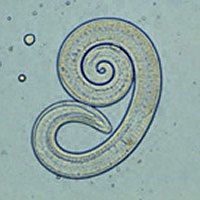
Photo from wikipedia
Pigeons can be successfully used as bioindicators of a contaminated environment. We studied the relationship between the functioning of the pro/antioxidant balance in muscle tissues (skeletal muscle and cardiac tissues)… Click to show full abstract
Pigeons can be successfully used as bioindicators of a contaminated environment. We studied the relationship between the functioning of the pro/antioxidant balance in muscle tissues (skeletal muscle and cardiac tissues) of pigeons (Columba livia f. urbana) living in areas with different levels of pollution (Pomeranian Voivodeship, Northern Poland). The current study demonstrated the impact of the environment with preferential high Pb contamination in soil and feathers of pigeons on the formation of adaptive redox mechanisms in muscle tissues. An increase in the intensity of lipid peroxidation (estimated by the TBARS level) accompanied by enhancement of the oxidative modification of proteins (aldehydic and ketonic derivatives) and an important decrease in the activity of antioxidant enzymes (SOD, CAT, and GR) in pigeon muscle tissue was observed. These changes in enzyme activities were dependent on the type of muscle tissue (skeletal muscle and cardiac tissues). Our results confirm the concept of the recalculation of the De Ritis ratio (AsAT/AlAT) in both types of muscles indicating the tendency to cardio- and hepatocellular damage and toxicity caused by heavy metals from the polluted environment.
Journal Title: Archives of Environmental Contamination and Toxicology
Year Published: 2021
Link to full text (if available)
Share on Social Media: Sign Up to like & get
recommendations!